The saber-toothed tiger (Smilodon)
A cat with 30-cm-long fangs (canines)
Big cats from the Pleistocene certainly could scare a number of – even bigger – animals and win fights with many enemies using their large, sharp fangs (canines). In fact, their menacing appearance didn’t go hand in hand with their strength, and their dreadful bites were surprisingly delicate by today’s standards concerning big cats.
Classification
- Order: Carnivora
- Family: Felidae
- Genus: Smilodon (the saber-toothed tiger is a common name)
- Species:
- Smilodon populator
- Smilodon fatalis
- Smilodon gracilis
- Smilodon neogaeus
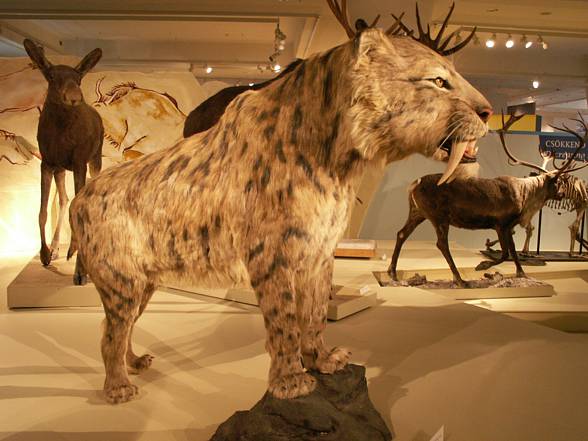
Species
There are many different classifications of saber-toothed tigers, but three separate species are the most recognizable. The oldest one lived on Earth about 2.5 million years ago, and the youngest went extinct 10 thousand years ago.
We distinguish 4 species of smilodons and 2 questionable ones:
- Smilodon neogaeus 3 m – 500,000 years ago
- Smilodon gracilis 5 m – 500,000 years ago
- Smilodon fatalis 6 m – 10,000 years ago
- Smilodon populator 1 m – 10,000 years ago
It is assumed that Smilodon floridus and Smilodon californicus were the subspecies of Smilodon fatalis.
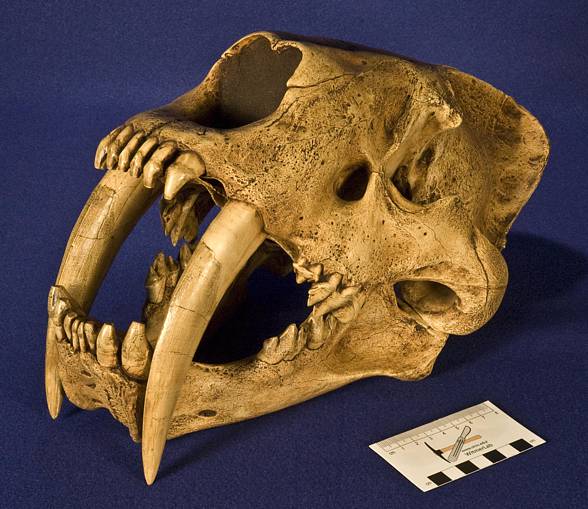
Occurrence
Saber-toothed tigers initially lived in North America. Then, when the continent connected with South America, the tigers inhabited the other continent as well.
Anatomy
Long, sharp fangs were the distinctive feature of all smilodons. The animals also had short tails, robust limbs and neck muscles. Saber-toothed tigers rather resembled the bear than today’s cat. Other features, such as weight or height, differed distinctly among particular species.
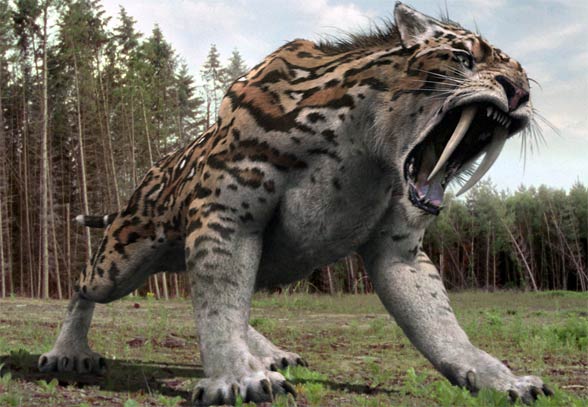
Smilodon populator
Smilodon populator was the largest of saber-toothed tigers.
- Weight: 220-400 kg
- Height at shoulders: to 1.2 m
- Length: to 2.6 m (without the tail)
- Tail length: 30 cm
- Length of canines: 30 cm – they jutted from the upper jaw at 17 cm
- Occurrence: 1 m – 10,000 years ago
The weight of the largest individuals is comparable to the modern-day hybrid cross between a lion and a tigress – see: the liger.
Smilodon fatalis
Smilodon fatalis is the medium species of smilodons.
- Weight: 160-280 kg
- Height at shoulders: 1 m
- Length: 1.75-2 m (without the tail)
- Tail length: 30 cm
- Length of canines: 18 cm
- Occurrence: 1.6 m – 10,000 years ago
Smilodon gracilis
Smilodon gracilis was the smallest of smilodons:
- Weight: 55-100 kg
- Occurrence: 2.5 m – 500,000 years ago
Sexual dimorphism was hardly visible, and the body of prehistoric cats was to ensure them strength, not speed.
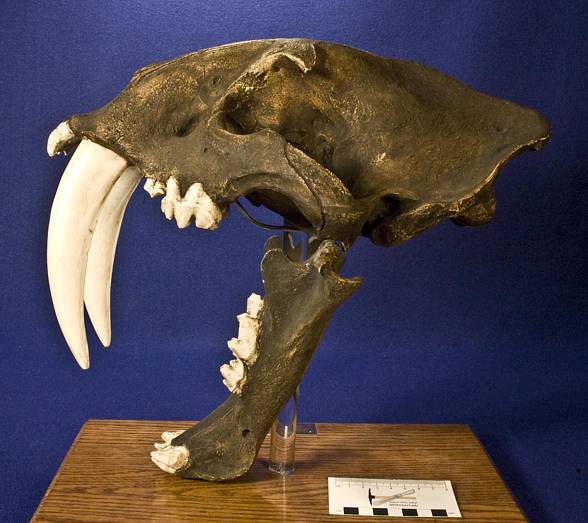
Large canines
Because of their large, jutted canines, which could be even 30 cm long, the saber-toothed tiger filled the niche of predators in two Americas.
However, in fact, smilodons didn’t use the whole potential of their fangs, because their jaw muscles weren’t developed enough.
The bite force of saber-toothed tigers was about 100 kg. For comparison, the lion’s bite force is 250 kg/cm2, and human bite force is 73 kg/cm2.
However, smilodons’ jaw gape could reach 120 degrees, and in some species even 130 degrees, while modern-day lions’ gape is only 65 degrees. Therefore, if saber-toothed tigers attacked their prey properly, their bites were deadly.
Diet
The saber-toothed tigers fed on the meat of weaker animals, as befits a typical predator.
They successfully preyed on deer, bisons, tapirs and horses. It is also known, that they attacked young mammoths. Moreover, humans might also have been their prey, however, it hasn’t been confirmed.

Social life
Social habits of saber-toothed tigers are a mystery. Initially, it was believed that they were loners, but this theory hasn’t been proved with any evidence.
However, a recent study, based mainly on a large amount of fossils found at the La Bra Tar Pits, allows to conclude that saber-toothed tigers lived in groups.
It may be also confirmed by the fact that the tigers were attracted by the calls of dying animals, that became the prey of the big cats. Such behaviors are also typical for gregarious species – a solitary hunter wouldn’t react to such noises.
In the past, it was claimed that large canines were used not only for killing, but they were also a sexual incentive. However, the lack of distinctive sexual dimorphism disproves this theory.
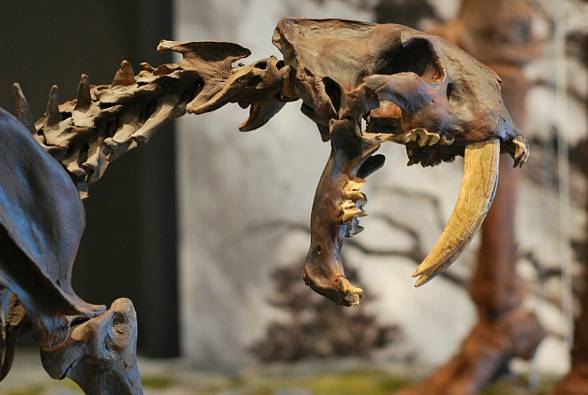
Damaged bones as a prove of gregariousness
The analysis of saber-toothed tigers’ bones also proves that they lived in groups. It turns out, that throughout their lifetime they were often severely injured, which made it impossible for them to hunt, and even walk. If a modern-day cat, for example, a leopard, experiences such a situation, it usually dies from hunger, before the injury heals, because the cat has no help.
However, many saber-toothed tigers managed to recover from their injuries. It proves that some other individual had to provide the wounded tiger with food, even for many weeks.
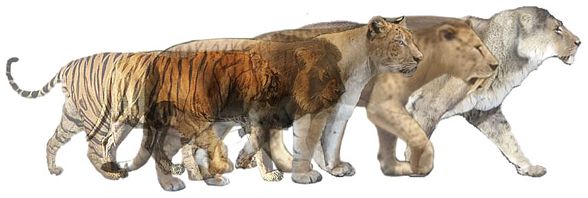
Extinction
There are several hypotheses concerning the extinction of prehistoric, big cats.
- The first one is about their incapability of hunting smaller and faster animals. Therefore, when larger species started to go extinct, the saber-toothed tiger perished too.
- The second hypothesis is associated with climate changes that might have led to the extinction of mammoths and giant deer. But the theory that temperature changes were the only reason for the extinction of smilodons is unlikely.
- The third hypothesis assumes that humans contributed to the extinction of smilodons. Since people appeared in both Americas, they had started to hunt herbivores, which were the food of big cats. A rapid decrease in their population caused the extinction of saber-toothed tigers.
- The fourth theory includes a contagious disease that was brought to America by humans. The disease has been considered the reason for the extinction of all prehistoric animals. However, this theory is unlikely, because the existence of a virus or bacteria that kill mammals, reptiles and birds at the same time hasn’t been proved.
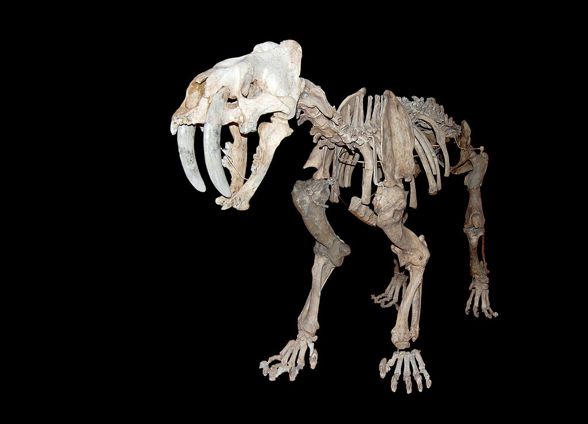
The saber-toothed tiger – interesting facts
- The saber-toothed tiger was in fact a big cat, not a tiger.
- Although the smilodon had 30-cm-long canines, its bite force was slightly stronger than human’s.
- Smilodons have often appeared in pop culture.
- Saber-toothed tigers’ canines were highly prone to fractures because of their oval cross-section. In order to avoid an injury, the tiger immobilized its prey with the use of robust muscles of the forelegs.
- These big cats could eat 30 kg of meat at once.


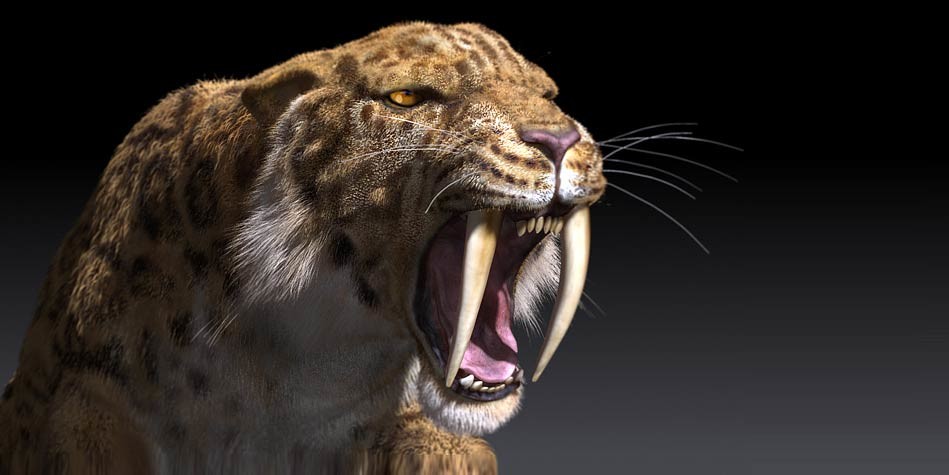







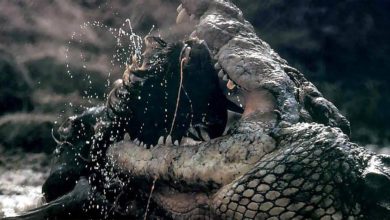
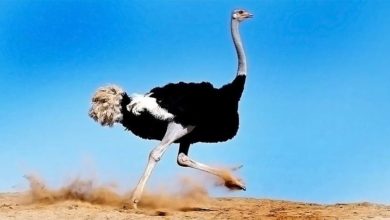








Solitary predators will respond to prey distress. This article states otherwise, and it is wrong in this aspect.